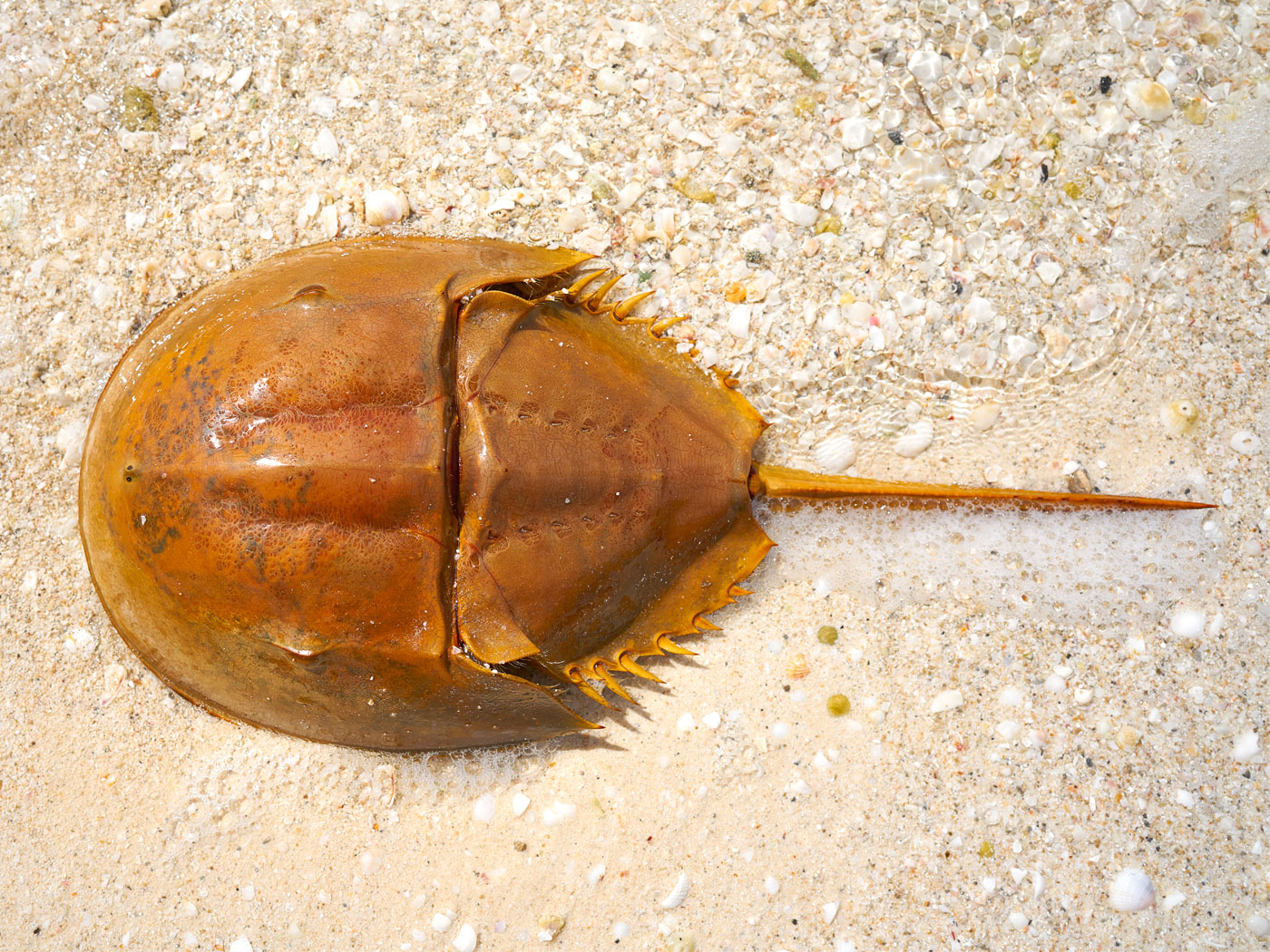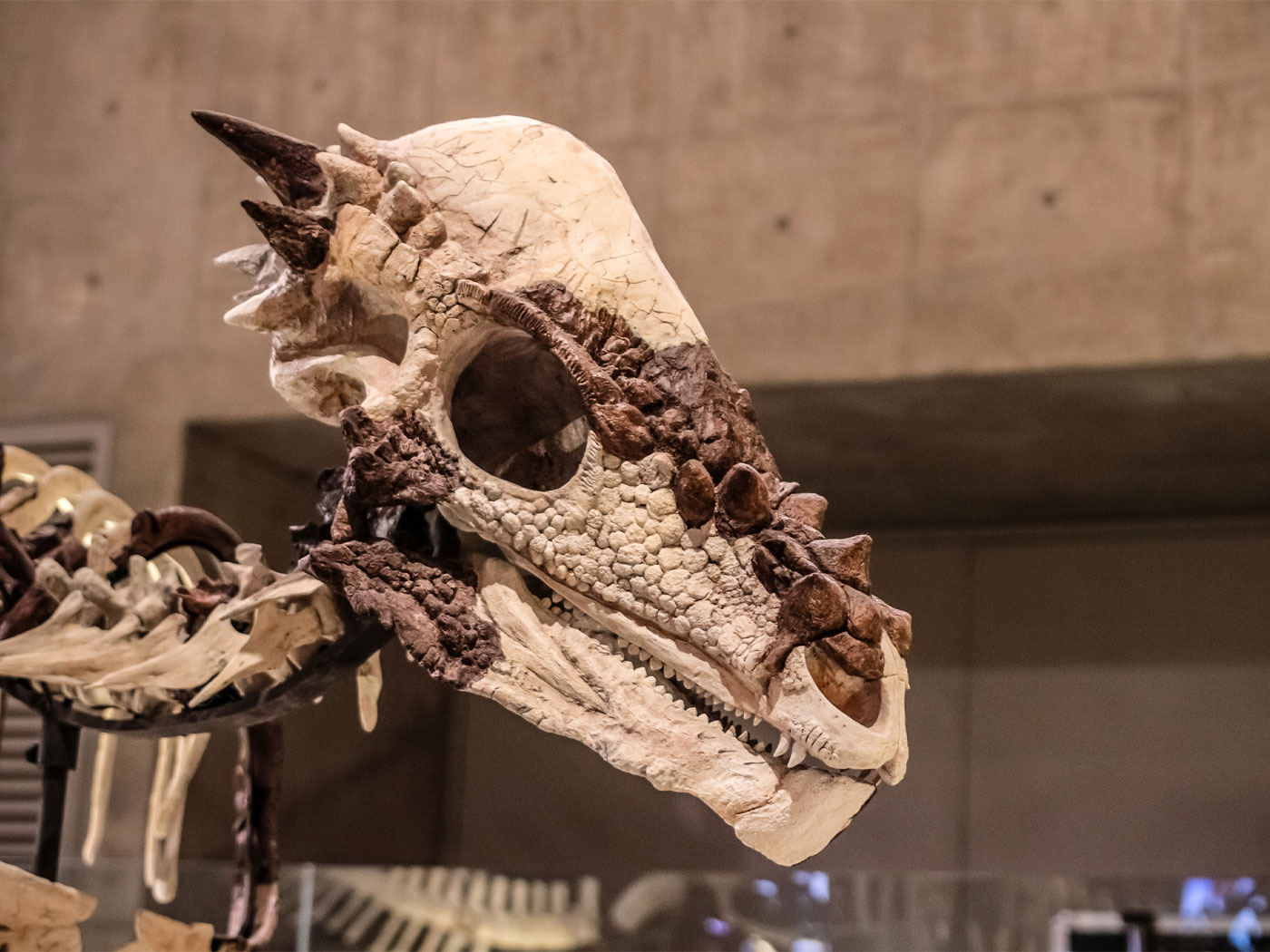A Cambrian rock layer is considered to be "Cambrian" because of the particular fossils it contains. But what does it mean when a rock layer designated as "Ordovician" contains distinctly Cambrian fossils? Paleontologists are facing that question after a recent find in North Africa.
Researchers in Morocco found fossils of Anomalocaris…a unique and until now characteristically "Cambrian" creature…in Ordovician rocks, which in some locations are positioned just above Cambrian strata. This evidently extinct animal belonged to a group of rather strange sea creatures classified as "anomalocaridids." One such marine animal was Hurdia, which had well-designed and fully-integrated body parts, including dual-function swimming flaps and gills.1 Despite their unusual appearance, no anomalocaridid looks like an evolutionary transition, and all of them look well-suited for aquatic life.
In fact, in 1994, the seaworthiness of the Anomalocaris' paired side flippers and overall body plan was tested and found to be so stable that it would have required very little brain power to manipulate. In the published study, paleontologist and Cambrian expert Derek Briggs described a remote-controlled model of a 70-centimeter-long Anomalocaris that was constructed with 11 underwater "wings," in imitation of its fossils. "The long basal attachment of the flexible lobes to the body of the model resulted in an automatic adjustment of the angle of attack in both the up and down stroke," he wrote.2 Though it has proved difficult to classify, Anomalocaris was hardly an evolutionary experiment, but was instead a well-designed swimming creature.
However, the presence of this unique fossil can no longer be used to reliably identify a rock as Cambrian. In addition to the Ordovician anomalocaridid discovered in Morocco, a lone fossil of an obvious anomalocaridid (although it was not identified as such) was described from Devonian strata in Germany.3 It had the same number of flaps, though much smaller, and the same unique circular mouth and curved graspers.
Briggs said in a Yale University press release, "The anomalocaridids are one of the most iconic groups of Cambrian animals," and while this may be true as written, the Moroccan and German discoveries have falsified the notion that anomalocaridids are exclusive to the Cambrian.4
Evolutionary thinking suggests that many creatures fossilized in lower rocks should not persist in rock layers above, since those creatures would have evolved into those forms found above them. Anomalocaris does not fit this mold.
But according to the creation/Flood model, the Cambrian, Ordovician, and Devonian rock layers were deposited early in the Flood year, as creatures that inhabited watery environments were caught up in super-size underwater mudflows. Indeed, the Yale press release stated, "The animals found in Morocco inhabited a muddy sea floor in fairly deep water, and were trapped by sediment clouds that buried them and preserved their soft bodies."4 And a recent Yale University geology department newsletter suggested that the reason why even soft-bodied Cambrian creatures were fossilized was because animals that were "overcome by current-transported sediment ended up out of reach of scavengers."5
It is obvious that a catastrophe was responsible for their fossilization, and this is consistent with the worldwide violent deaths and mud-buried carcasses that are predictions of the Flood model. In the context of the great Flood, similar creatures could have been deposited and fossilized in more than one layer, since the relevant layers do not correspond with vast ages but were all deposited during a single year. Perhaps creatures that had been living in similar ecological zones would have been caught up together in one muddy tsunami after another that formed the rock layers.
More examples of what have long been considered "index fossils" that supposedly mark certain rock strata and evolutionary "times" will continue to crop up in unexpected places, if Noah's Flood was truly responsible for these rock layer deposits.
References
- Thomas, B. 'Totally Strange' Hurdia a Hurdle for Evolution. ICR News. Posted on icr.org September 9, 2009, accessed June 7, 2011.
- Briggs, Derek E. G. 1994. Giant Predators from the Cambrian of China. Science. 264 (5163): 1283-1284.
- Kuhl, G., D. E. G. Briggs and J. Rust. 2009. A Great-Appendage Arthropod with a Radial Mouth from the Lower Devonian Hunsrück Slate, Germany. Science. 323 (5915): 771-773.
- Scientists Discover Fossil of Giant Ancient Sea Predator. Yale University press release, May 25, 2011, reporting on research published in Van Roy, P. and D. E. G. Briggs. 2011. A giant Ordovician anomalocaridid. Nature. 473 (7348): 510-513.
- Briggs, D. Fall 2010. Exceptionally Preserved Fossils. Geology and Geophysics News. Geology and Geophysics Department, Yale University, 5.
Image credit: Esben Horn/Yale University
* Mr. Thomas is Science Writer at the Institute for Creation Research.
Article posted on June 14, 2011.













